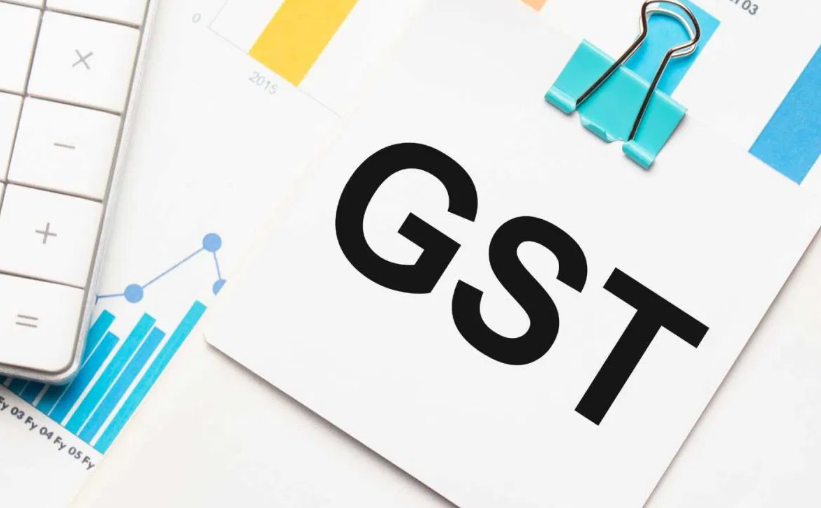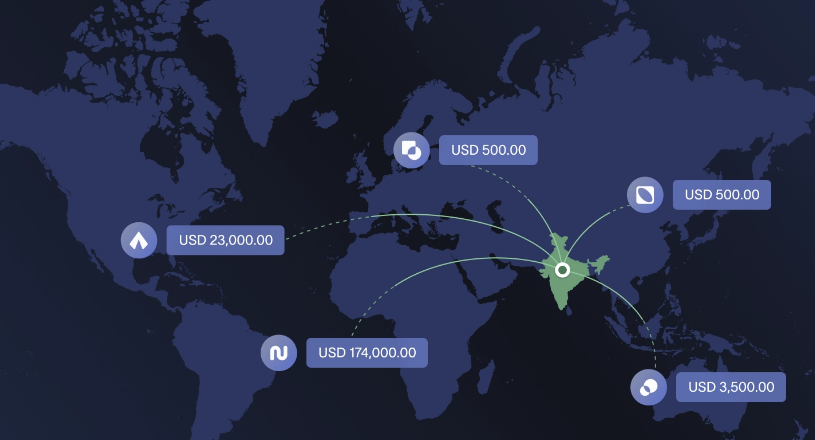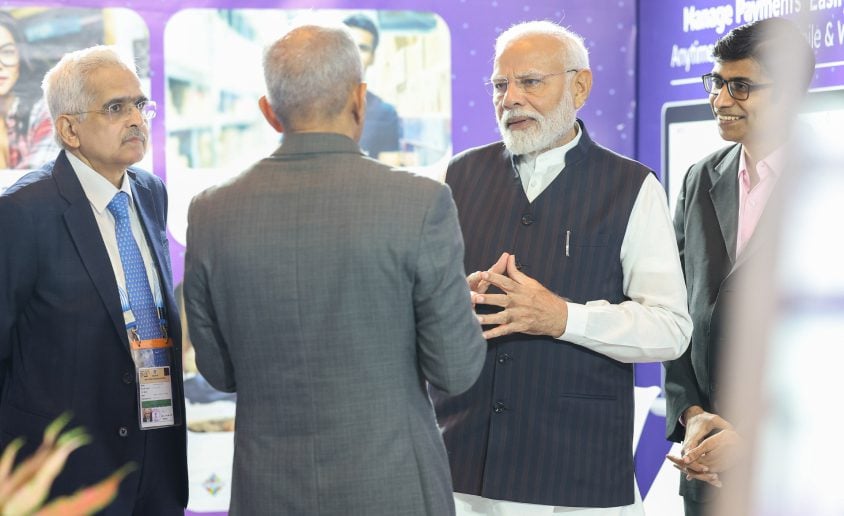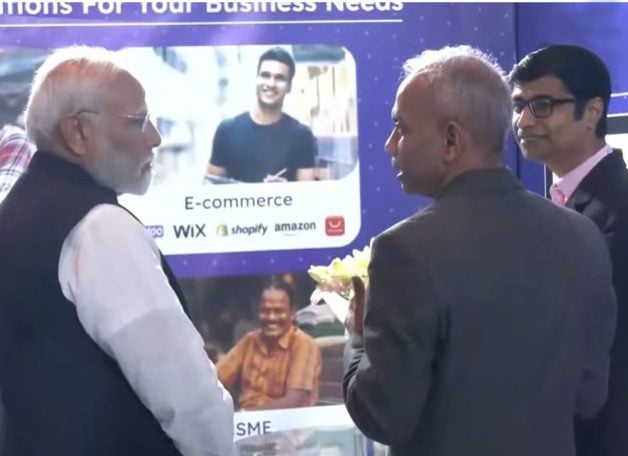In an increasingly global economy, Indian freelancers are finding clients across borders with growing ease. Whether you’re a web developer working with clients in Canada, a consultant serving startups in Europe, or a writer delivering content to firms in Australia—cross-border income is now a natural part of freelance work.
But a recurring question remains:
Do Indian freelancers require an IEC (Importer Exporter Code) to be paid internationally?
The simple answer: Yes.
This blog will walk you through what the IEC is, why it matters for freelancers and service exporters, and how to apply for it without any confusion.
What Is the IEC Code?
IEC is short for Importer Exporter Code. It is a 10-digit code given by the Directorate General of Foreign Trade (DGFT), part of the Ministry of Commerce and Industry, Government of India.
Even though it is widely linked to the export and import of physical commodities, the IEC holds significance for digital service providers as well. These encompass freelancers providing services like graphic design, software development, writing, marketing, consulting, and so forth.
In plain language, if you are making foreign income from services provided to foreign clients, you are a service exporter. And that makes you subject to the purview of India’s foreign trade regime.
Is IEC Mandatory for Service-Based Freelancers?
Yes, IEC (Import–Export Code) can be mandatory, depending on how you receive payments and whether you’re claiming export-related benefits. Even though you’re not physically exporting goods, providing services to foreign clients is treated as an export of services by the Directorate General of Foreign Trade (DGFT).
Can Freelancers Receive Foreign Payments Without IEC?
Yes, you can receive foreign payments without an IEC, but there are a few important conditions and nuances to understand.
1. IEC (Import–Export Code)
You generally don’t need an IEC for exporting services if:
- You’re not claiming benefits under export incentive schemes like SEIS or FT.
- You’re not offering restricted or sensitive services (e.g., defense-related technology).
- You’re receiving payments through platforms like:
- PayPal
- Stripe
- Upwork
- BRISKPE
- Other gateways that handle compliance and issue FIRCs
- PayPal
However, you might need an IEC if:
- You’re receiving payments via direct bank transfers (e.g., SWIFT).
- Your bank or payment platform asks for it.
- You plan to claim government export benefits.
- You wish to scale into areas like:
- Selling digital products internationally
- Working with overseas suppliers
- Launching a cross-border e-commerce business
- Selling digital products internationally
Note: The IEC application process is simple, costs around ₹500, and can be done online via the DGFT portal.
2. FIRC and BRC Requirements
- FIRC (Foreign Inward Remittance Certificate)
- Required for service exports
- Acts as proof of receiving foreign currency
- Issued by platforms like PayPal, Stripe, BRISKPE, or your bank for SWIFT payments
- Required for service exports
- BRC (Bank Realisation Certificate)
- Only required for physical goods exports
- Not needed for service-based freelancers
- Only required for physical goods exports
Why Freelancers Need an IEC
There is a general misconception that IEC is meant for big exporters or companies dealing in tangible merchandise. This is a mistake that ignores a massive truth: India’s regulatory framework treats both goods and services as exportable items in the Foreign Trade Policy.
Legal Compliance for Foreign Payments
Indian banks, which work under RBI regulations, usually insist on an IEC for processing foreign remittances coming in from business or professional purposes. Even if your freelance income is received through platforms like PayPal, Wise, or bank transfers, the IEC gives the legal foundation for accepting these as a business entity.
Required by Global Marketplaces and Platforms
If you’re selling products or services through platforms like Amazon Global, Etsy, Upwork, or Shopify, the IEC is one of the essential documents during onboarding. For example, Amazon explicitly lists the IEC as a prerequisite for international sellers operating from India.
Financial and Tax Clarity
The IEC connects your freelance income to the larger financial systems, such as GST, customs databases (ICEGATE), and DGFT submissions. This makes your cross-border income traceable, compliant, and accurately reflected in financial reports and tax accounts.
Business Credibility
An IEC enhances your professional reputation. When dealing with banks, clients, or government agencies, it makes you a trusted international service provider.
Who Needs an IEC?
IEC is obligatory for any individual or firm that is engaged in foreign trade. These include:
- Freelancers and consultants selling digital or creative services overseas
- D2C companies selling to foreign consumers
- B2B importers and exporters
- HUFs, societies, and trusts making cross-border transactions
- Manufacturing or service companies importing equipment, software, or materials from overseas
If you are even once taking payments from a foreign source, registering for an IEC is a good and necessary step.
How to Apply for an IEC Code
The process is simple, fully digital, and typically takes less than 48 hours. Here’s a step-by-step guide:
Visit the DGFT Portal
Go to https://www.dgft.gov.in/CP/
Register on the Portal
Sign up using your PAN number and mobile/email OTP. The PAN becomes your IEC number, so use the correct entity (individual PAN if you’re a freelancer without a registered company).
Fill Out the IEC Application Form
Provide details such as your business address, bank information, and preferred communication method.
Upload Required Documents
- PAN card (individual or business)
- Address proof (utility bill, lease agreement, etc.)
- Cancelled cheque with account holder’s name
Pay the Application Fee
The fee is ₹500, payable online via net banking, UPI, or debit/credit card.
Receive Your IEC
Once approved, your IEC will be emailed to you, typically within 1 to 2 business days.
Common Mistakes to Avoid
While the process is straightforward, a couple of typical mistakes can hold up or make approval cumbersome:
- Applying with the incorrect kind of PAN (individuals must not apply using a company PAN unless conducting business under an entity)
- Typos in address or bank details
- Not connecting your IEC with the ICEGATE platform for tracking customs and logistics
- Not renewing or verifying the IEC every year, and hence getting deactivated
Spending time going over your application in detail can prevent delays from occurring unnecessarily.
Final Thoughts
The IEC is not a mere bureaucratic procedure; it’s your formal entry point to engaging in global trade from India. As a freelancer, it lends credibility, easier banking, and entry to opportunities on international forums.
In an era where the boundaries between geographies and markets are disappearing, treating your freelance work with the seriousness of a business is essential. And the Import Export Code is a foundational part of that professional approach.
If you’re freelancing for international clients and receiving payments in foreign currency, the IEC is not just a requirement; it’s an investment in your business’s global future.
Simplify International Payments with BRISKPE
Managing cross-border payments as a freelancer or business shouldn’t mean navigating banking delays, hidden fees, or unclear forex rates. BRISKPE offers a modern, fully compliant way to receive international payments from clients in over 30 currencies.
Learn more at BRISKPE.








